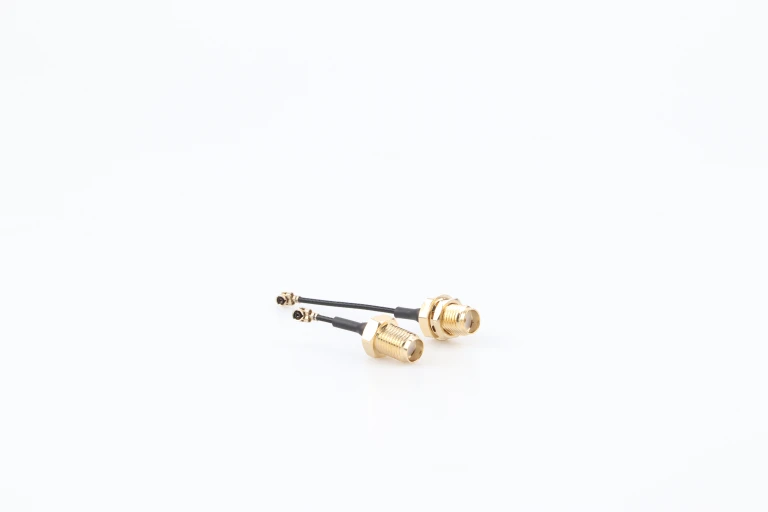Selecting the right RF connector for your needs can be a daunting task, given the vast array of options available in the market. The first step in making an informed decision is to understand your specific requirements. This involves considering the frequency range, power handling, and environmental conditions in which the connector will operate. For instance, if you are working with high-frequency applications such as 5G or satellite communications, you will need a rf connector manufacturer that can handle frequencies in the GHz range. Similarly, if your application involves high-power transmission, you will require a connector that can handle the power levels without compromising signal integrity.
Types of RF Connectors
RF connectors come in various shapes, sizes, and types, each designed for specific applications. The most common types of RF connectors include SMA (SubMiniature version A), BNC (Bayonet Neill-Concelman), N, TNC (Threaded Neill-Concelman), and 7/16 DIN. SMA connectors are widely used in wireless systems, including Wi-Fi routers and antennas, due to their compact size and high-frequency performance. BNC connectors are commonly found in test equipment and lower frequency applications, while N connectors are used in applications requiring high power handling and high-frequency performance. Understanding the characteristics of each type of connector is crucial in selecting the best one for your needs.
Frequency Range and Performance
The frequency range of the connector is a critical factor to consider when selecting an RF connector. Different connectors are designed to operate within specific frequency ranges, and using a connector outside its recommended range can result in signal degradation or loss. For example, SMA connectors are typically used up to 18 GHz, while 2.92mm connectors can operate up to 40 GHz. It is essential to choose a connector that can handle the frequency range of your application to ensure optimal performance. Additionally, consider the return loss and insertion loss of the connector, as these parameters can significantly impact signal integrity.

Power Handling and Durability
Power handling is another critical factor to consider when selecting an RF connector. The power handling capacity of a connector determines its ability to handle high-power signals without compromising signal integrity or causing damage to the connector. For high-power applications, connectors with high power handling capacity, such as N connectors or 7/16 DIN connectors, are recommended. Durability is also an essential consideration, as RF connectors are often subject to environmental stressors such as temperature fluctuations, humidity, and vibration. Choose a connector that is designed to withstand the environmental conditions of your application.
Size and Weight Considerations
In many applications, size and weight are critical factors to consider when selecting an RF connector. For instance, in mobile devices or aerospace applications, connectors must be compact and lightweight to minimize space and weight constraints. SMA connectors, for example, are popular in these applications due to their small size and high-frequency performance. In contrast, larger connectors such as N or 7/16 DIN connectors may be more suitable for applications where size and weight are not a concern.
Conclusion
Selecting the best RF connector for your needs requires careful consideration of several factors, including frequency range, power handling, environmental conditions, size, and weight. By understanding your specific requirements and the characteristics of different types of RF connectors, you can make an informed decision that ensures optimal performance and signal integrity. Whether you are working with high-frequency applications, high-power transmission, or compact devices, there is an RF connector available to meet your needs. By following this guide, you can navigate the complexities of RF connector selection and choose the best connector for your specific application.





Comments